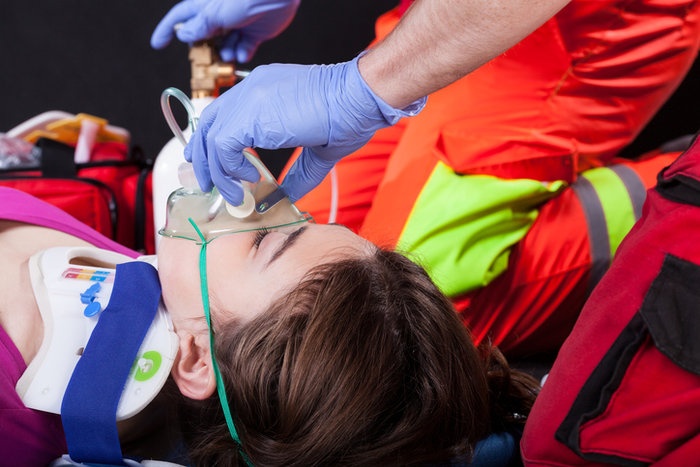
No matter how long you’ve worked in healthcare, you know there is always room for improvement when it comes to skills. We practice intubation procedures, review drug protocols, and simulate mega-codes, all for the sake of sharpening our techniques and refreshing our knowledge base. In the ever-changing world of medicine, you can never stop learning.
So, as a means of improving our suction technique, let’s review five simple steps you can take to ensure you are ready when faced with a patient in respiratory distress.
1. Plan Ahead
Whether you’re a first responder on a rig or a nurse in a busy ER, you know how important it is to plan for the worst. As you check your airway bag or crash cart, be sure to check your suction unit, as well, including:
- Batteries are charged, and power sources are available
- Unit is functional—turn it on to test!
- Keep it handy—bring it with you or keep it near the crash cart
- Have backups available, especially for disasters and mass-casualty situations
2. Have the Right Tools
Suction units come with an assortment of adjuncts, and the right size tip can make a tremendous difference in clearing the airway. Be sure you have an assortment on hand so that you are prepared for even the chunkiest or most clotted scenario.
3. Protect Yourself
Be sure to use personal protection when operating your suction unit. This includes:
- Gloves
- Gown, when appropriate
- Eye protection—extremely important!
4. Protect Your Patient
The best way to protect your patient is to maintain your suction unit and keep it clean. The hardware and reservoirs within the unit can serve as breeding grounds for pathogens if not disinfected after each use. Be sure to follow the manufacturer’s recommendations for cleaning and disposal of single use items, which will include the type of solution to use and warnings (for instance, never submerge your suction unit!).
5. Use Proper Technique
As with any lifesaving procedure, technique is key. You may think of suctioning as the most basic of skills, and it involves relatively simple techniques. But it can also cause complications if not done correctly. Here are a few reminders:
- Hyperoxygenate your patient prior to suctioning
- Avoid overly aggressive suctioning, especially in older and younger patients
- Limit suction time to avoid hypoxia
- Monitor your patient during suctioning and be alert for cardiac abnormalities
- Use a proper tip size to reduce suction time
- Maintain cervical spine alignment in suspected trauma patients
- NEVER withhold suction—there are no contraindications!
Even the simplest treatments can dramatically improve your patient’s chance of survival. And suctioning a tenuous airway is one of the most important treatments you provide. So, be prepared and stay sharp. Your next patient may benefit from your efforts.














